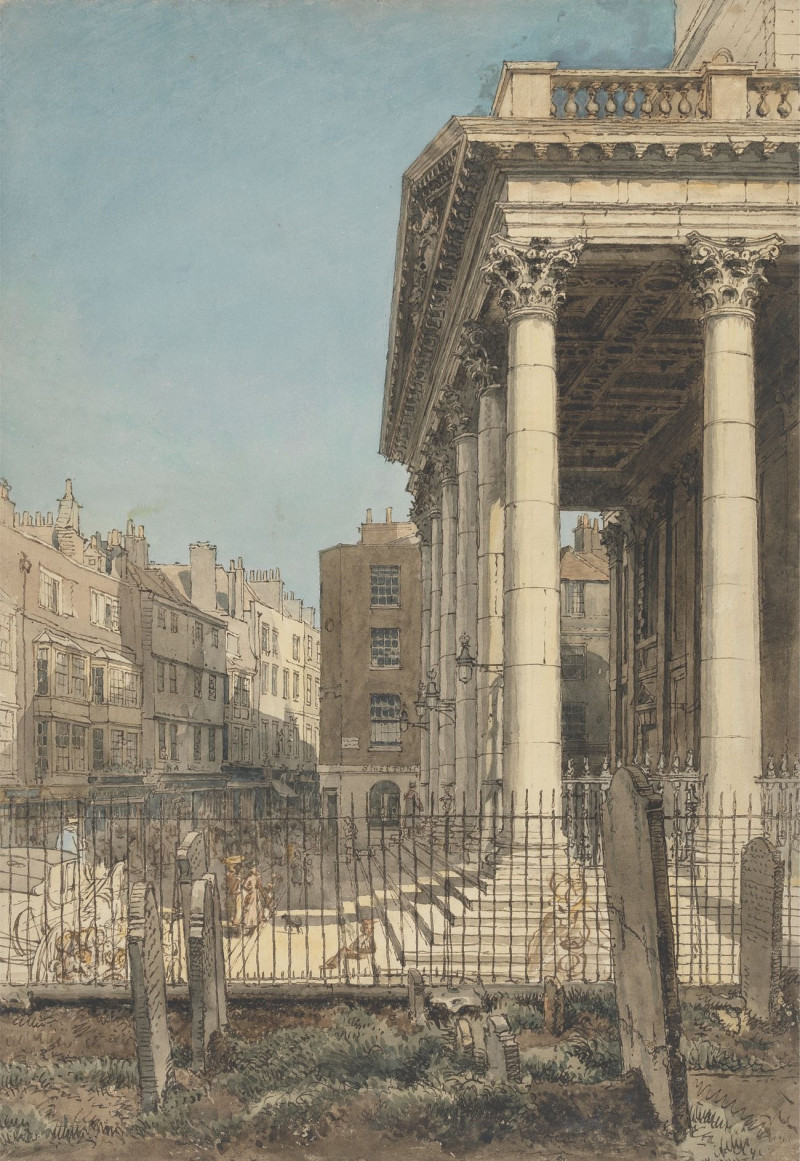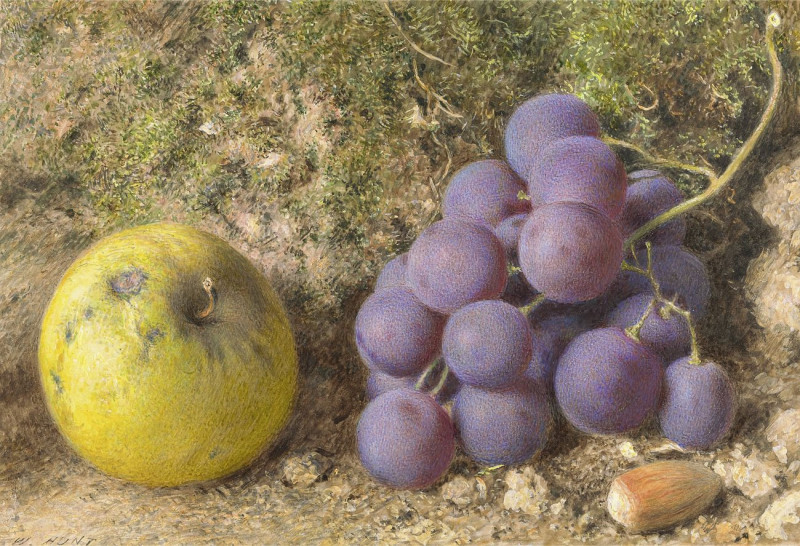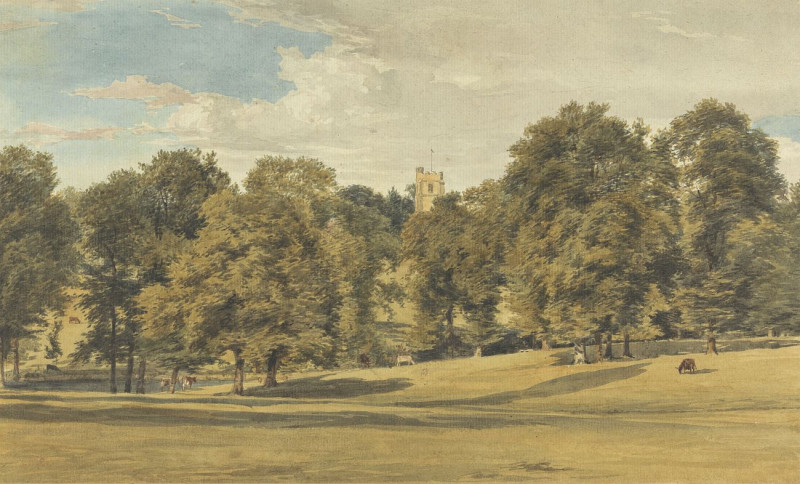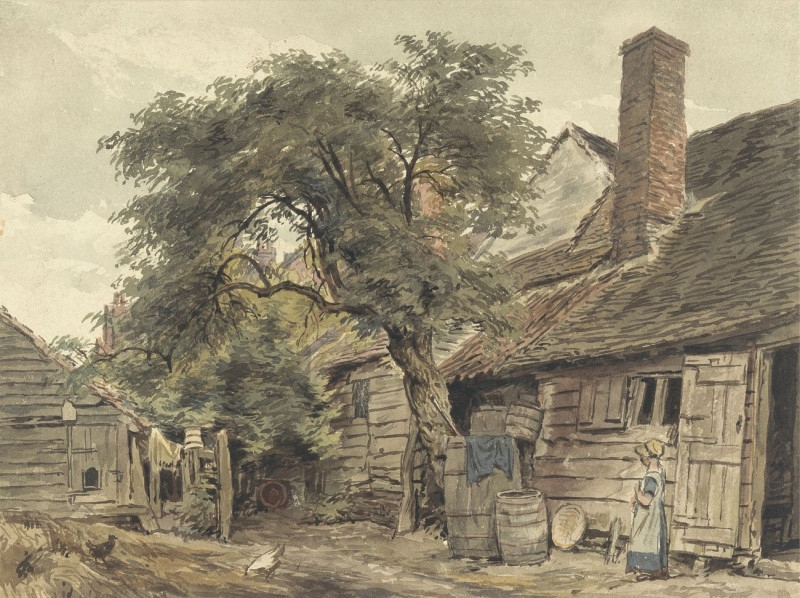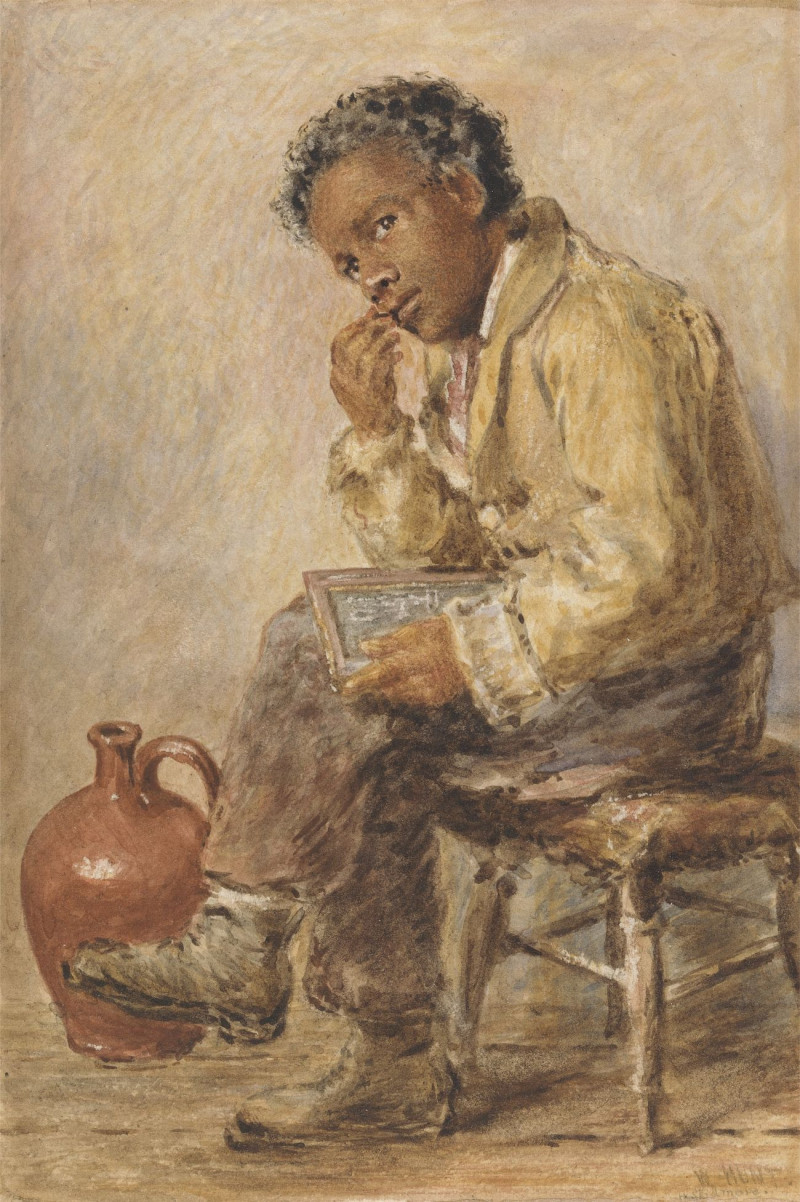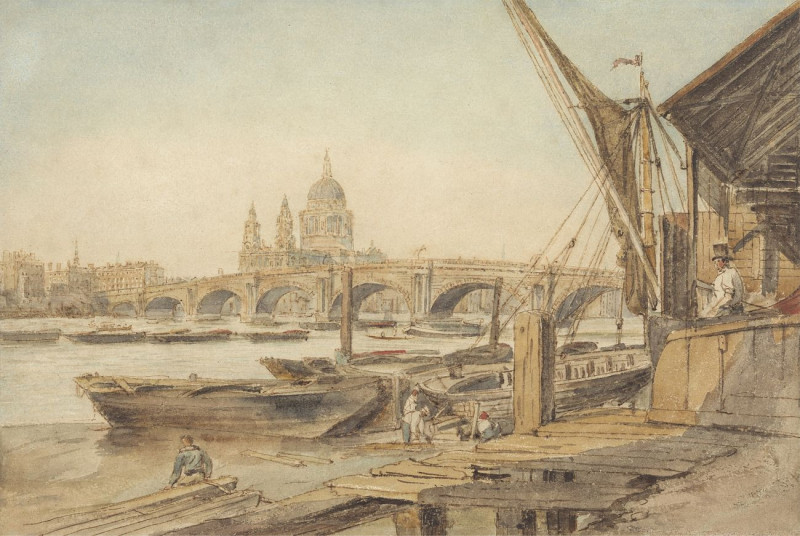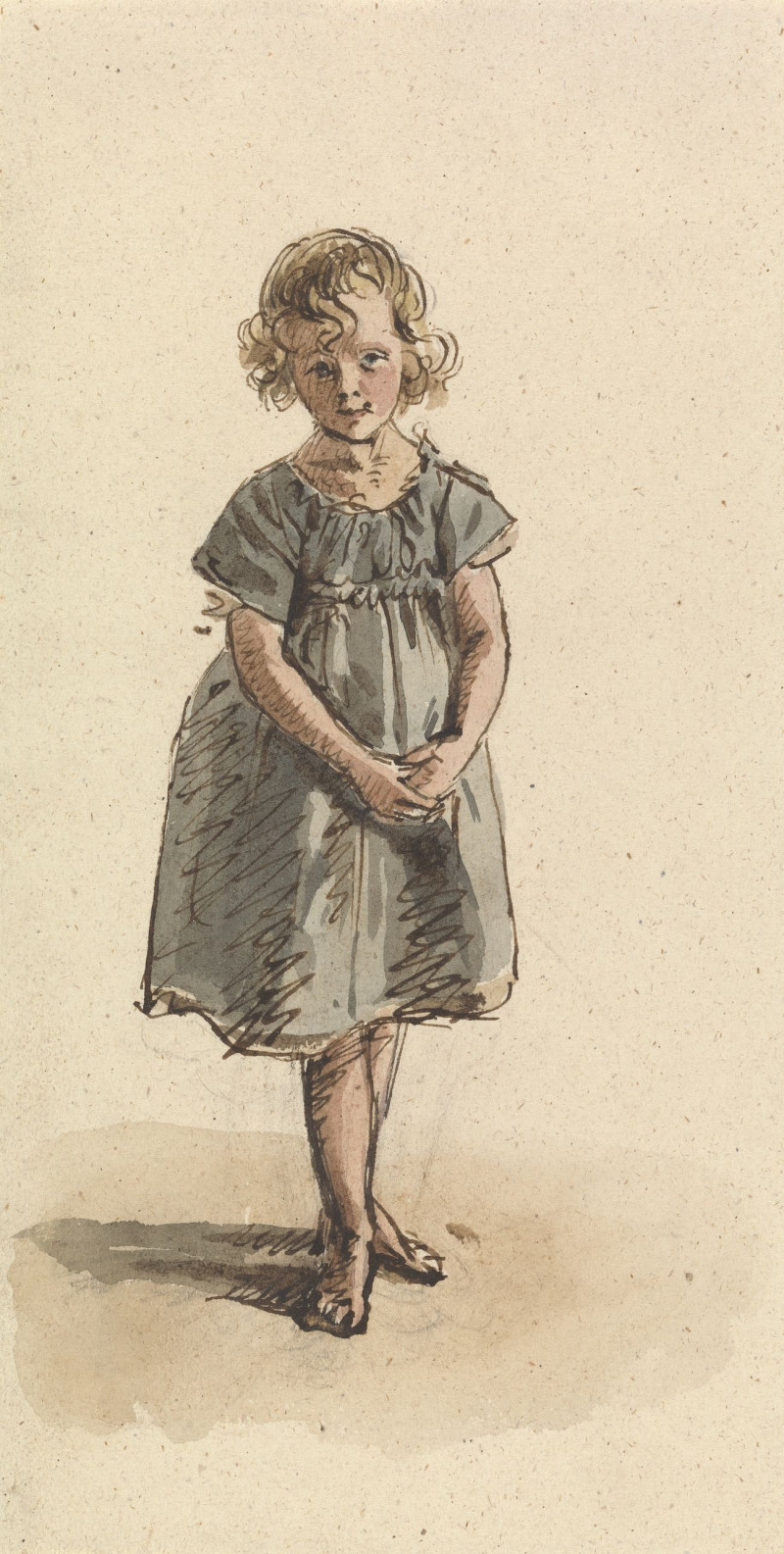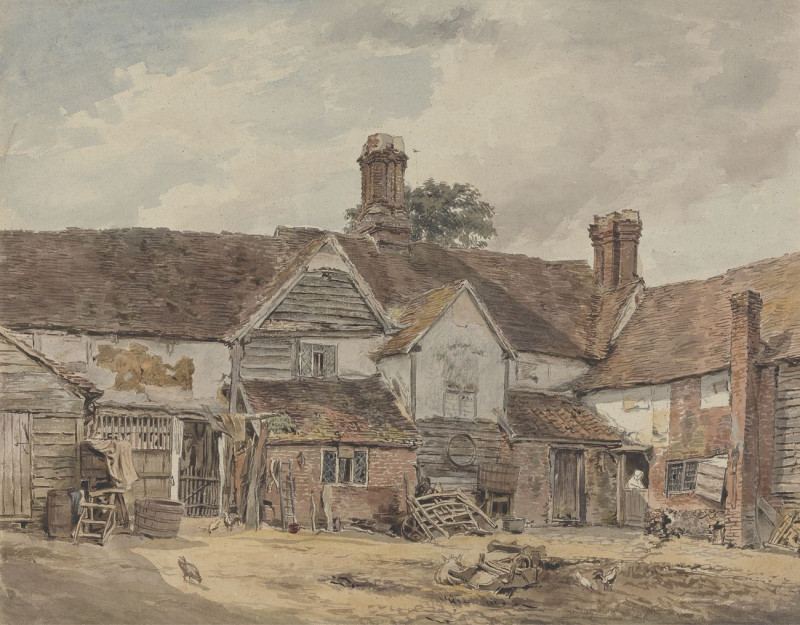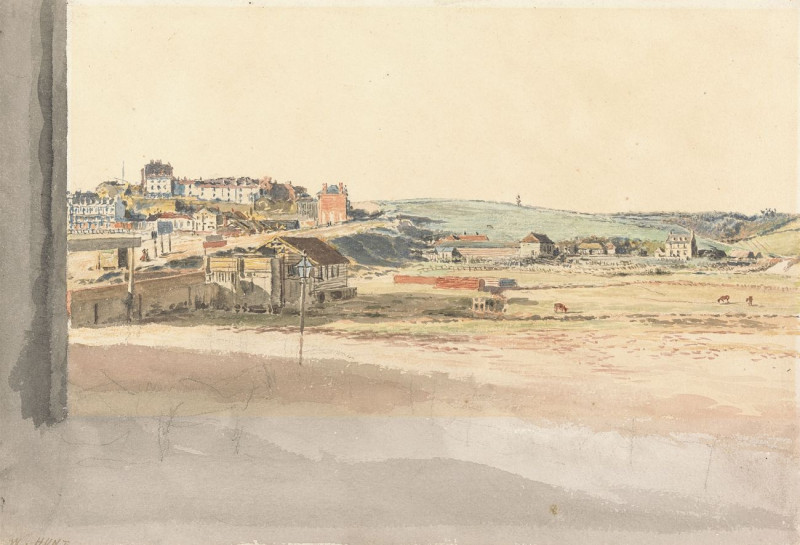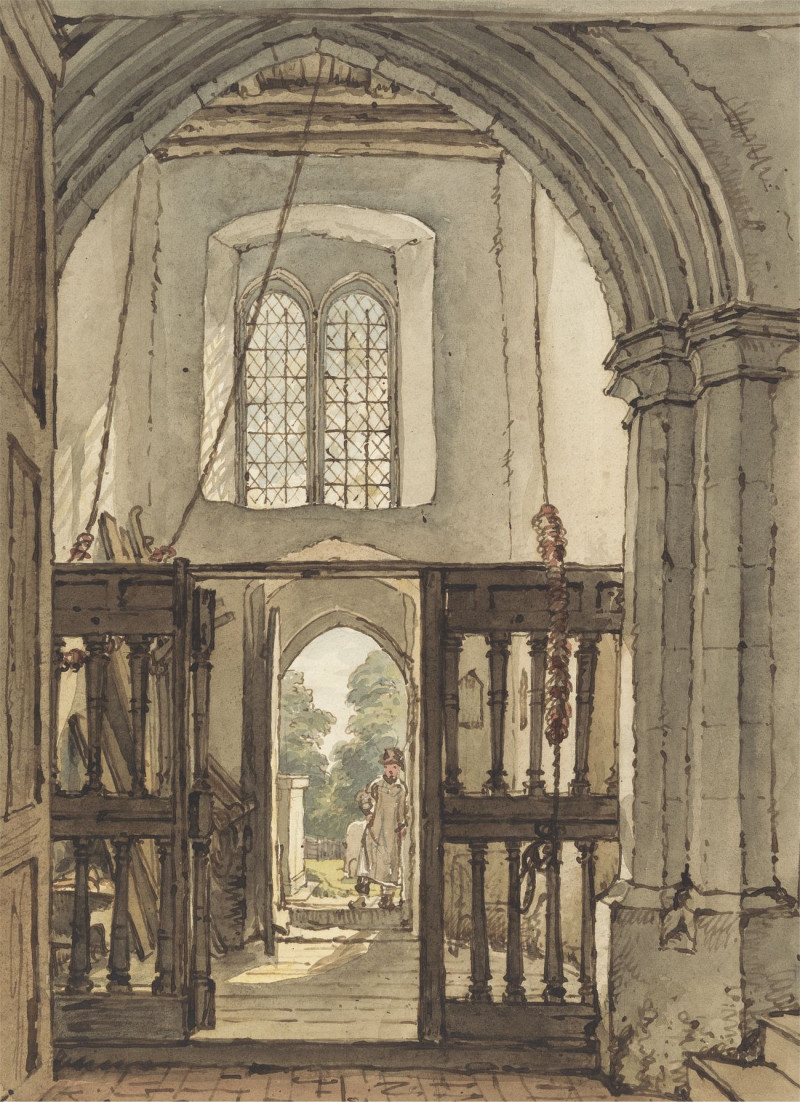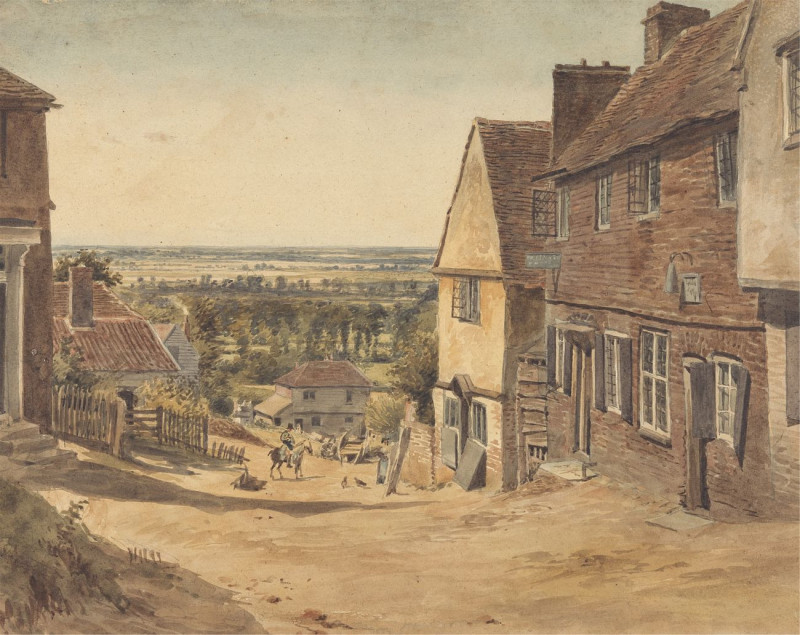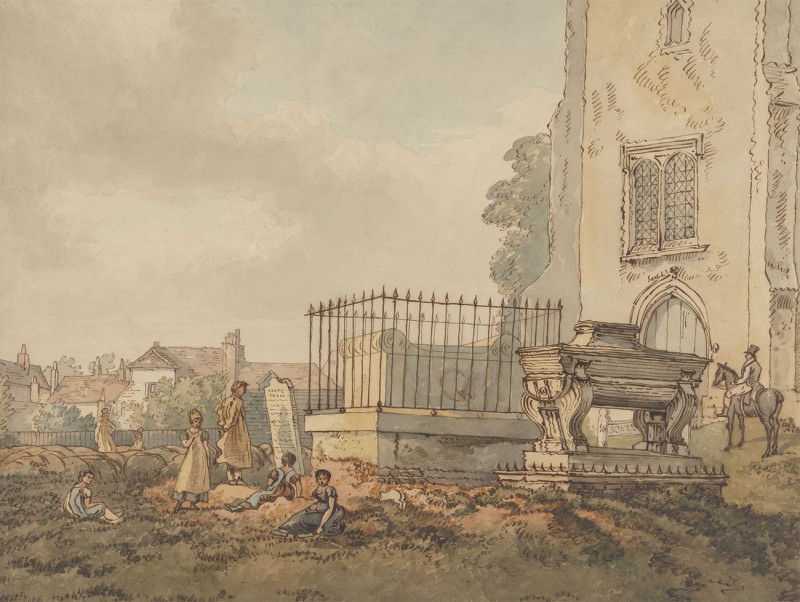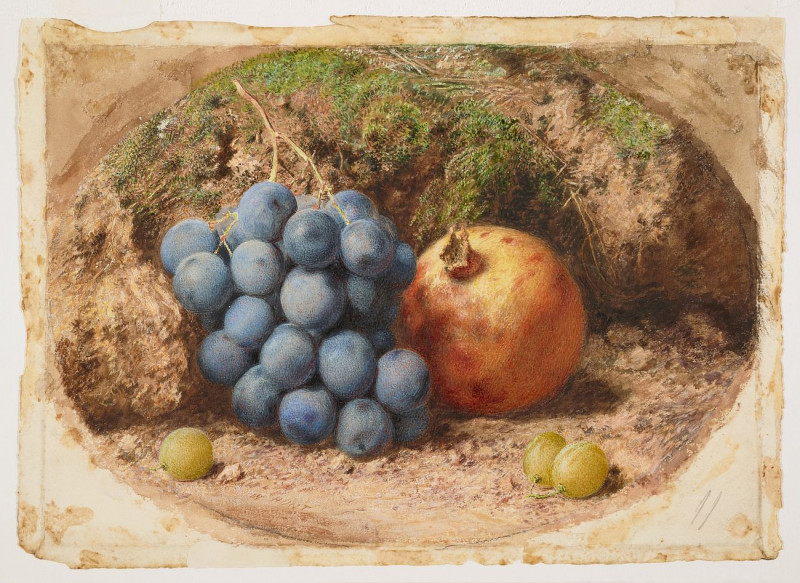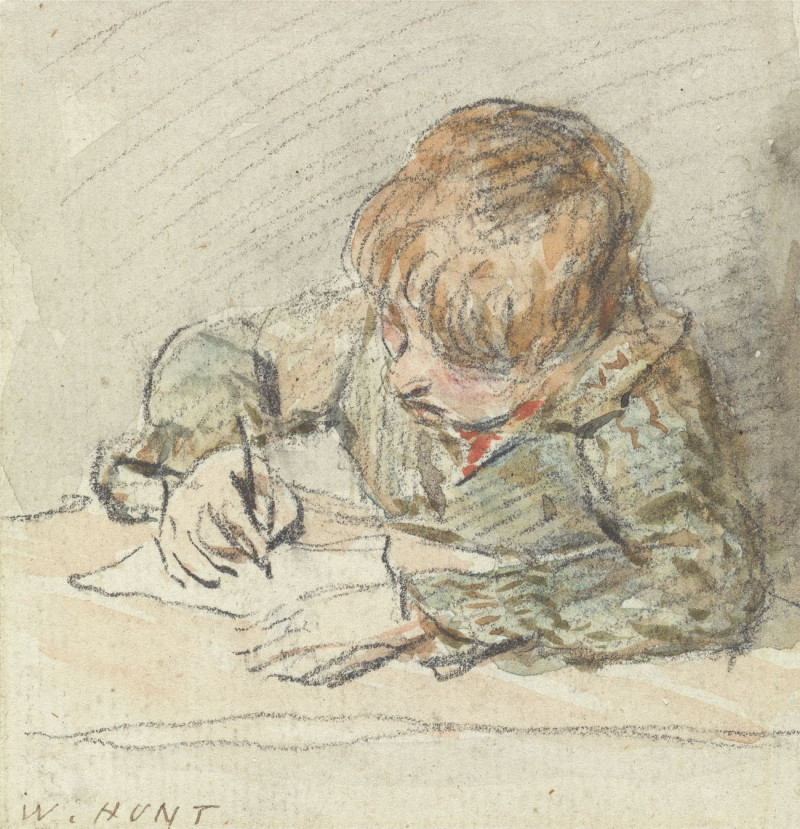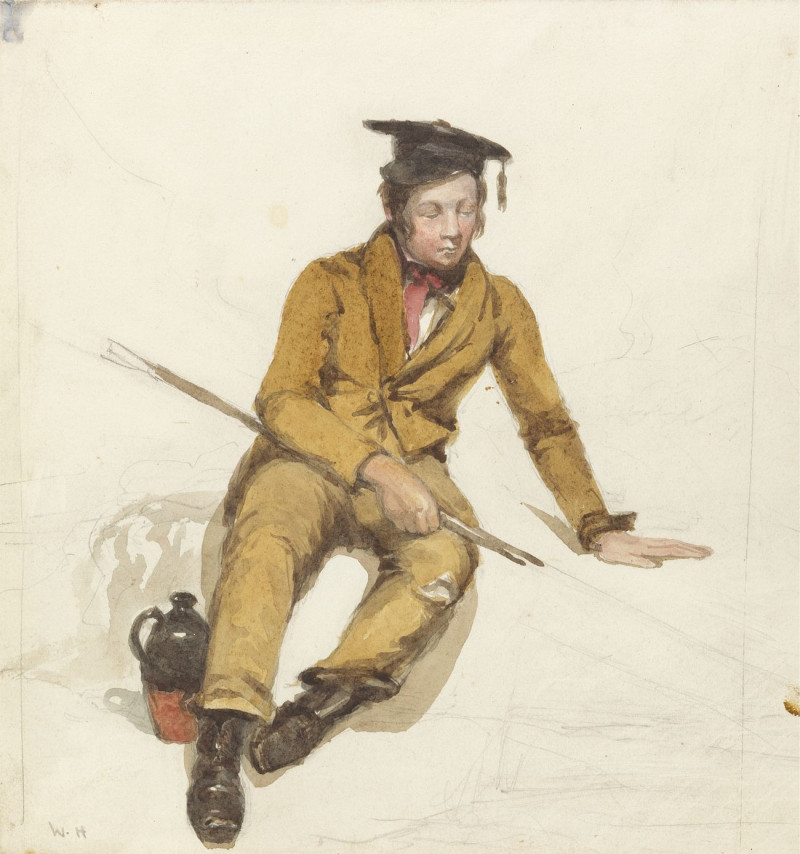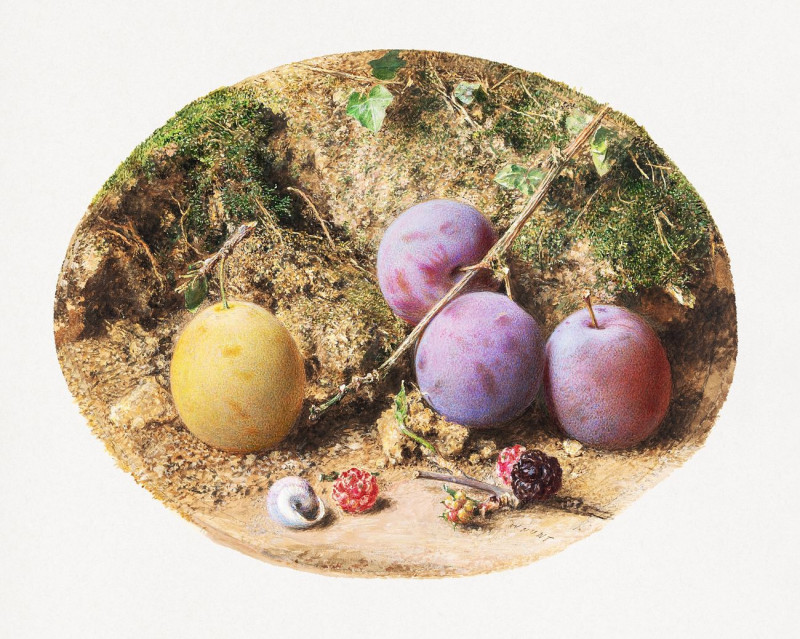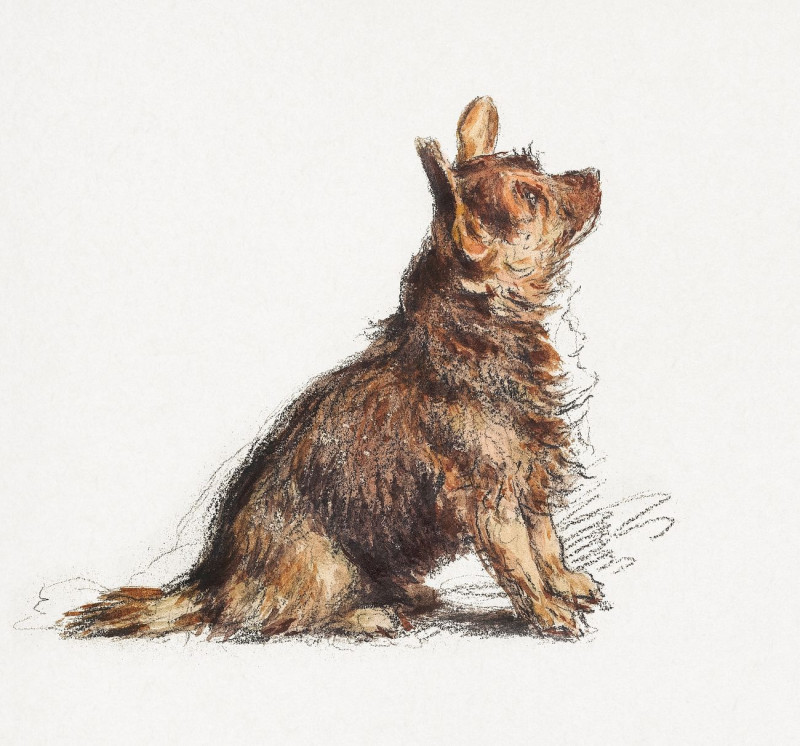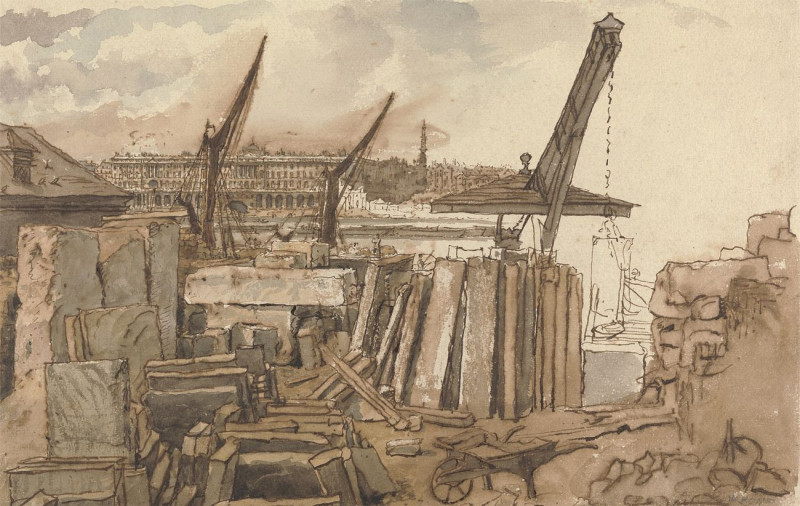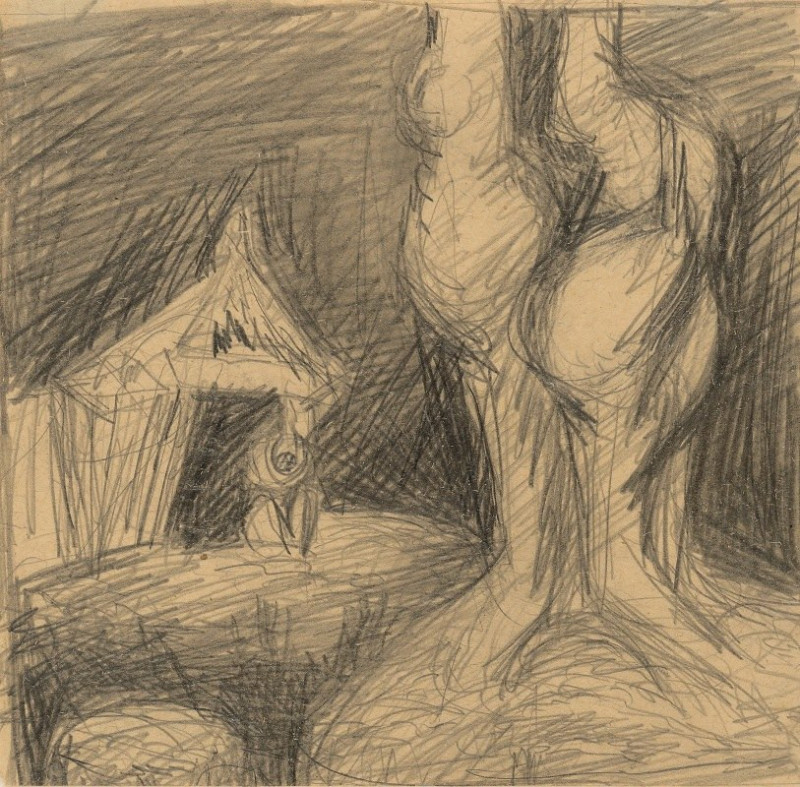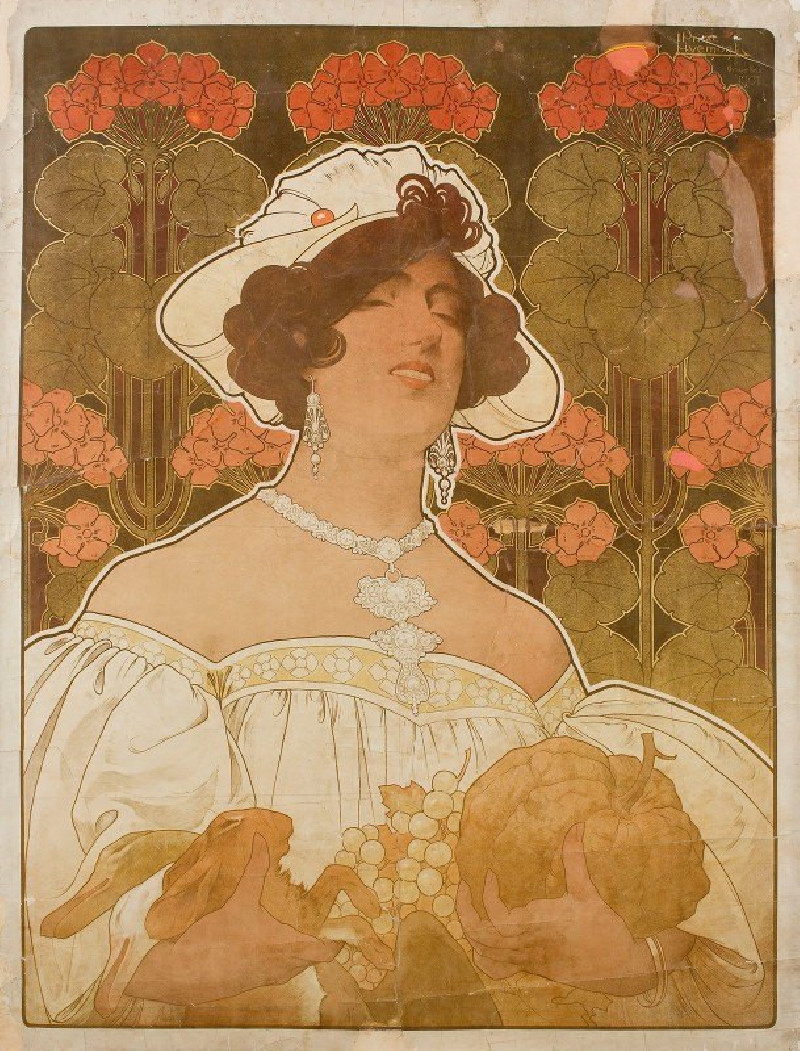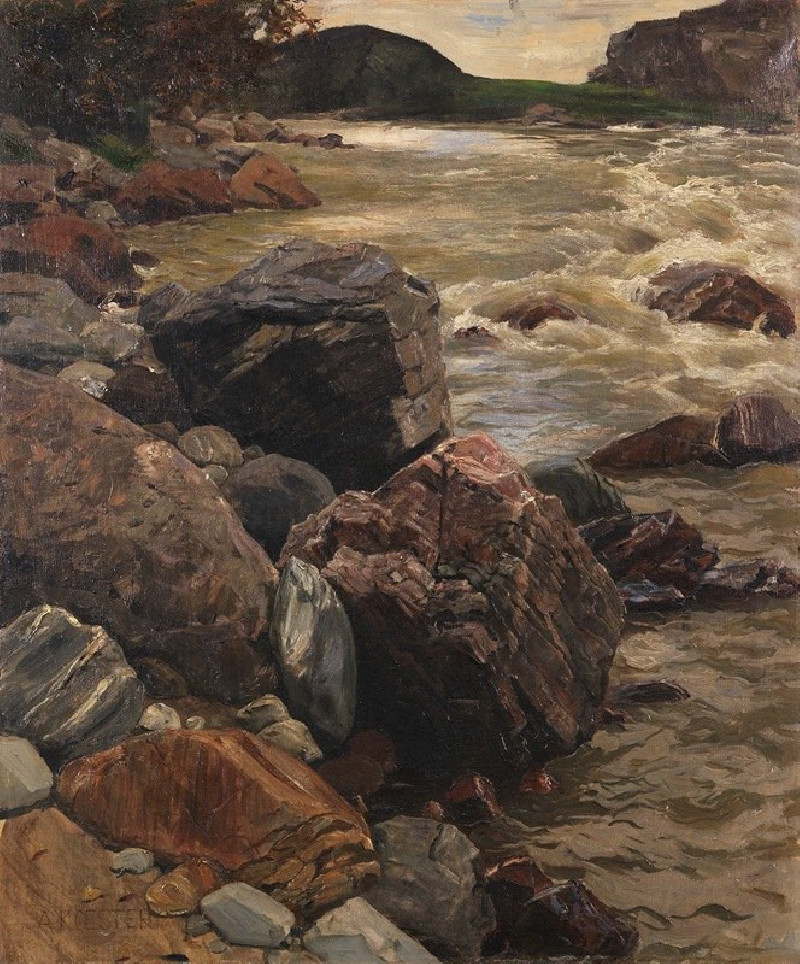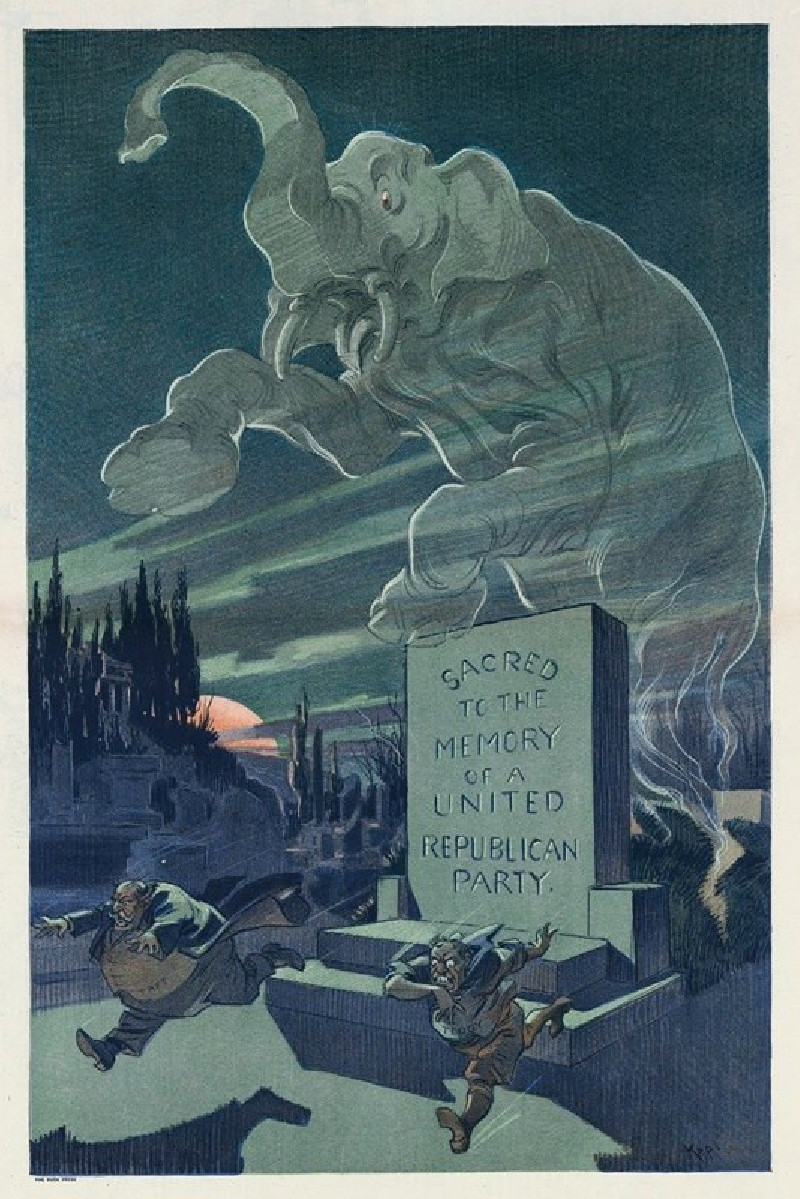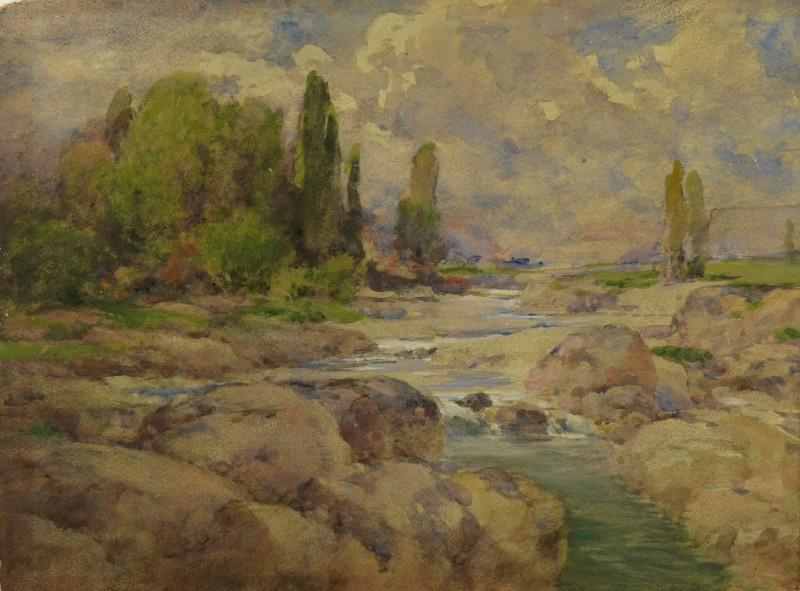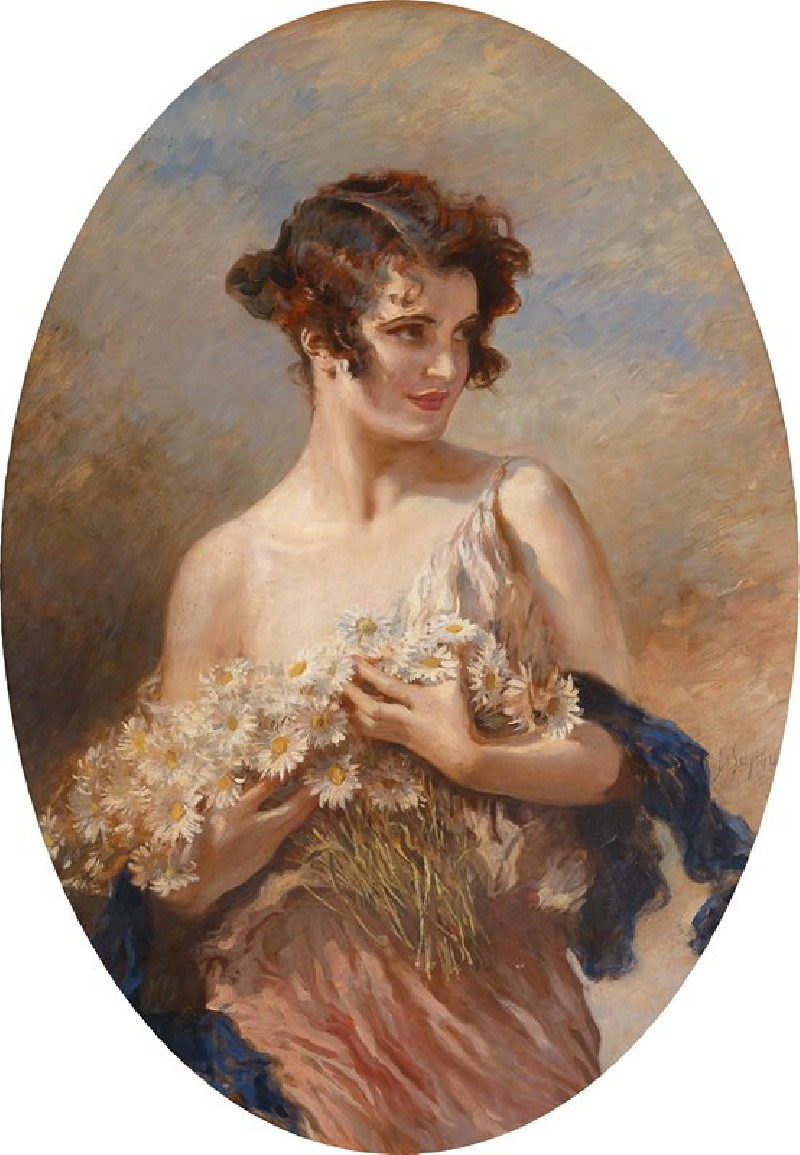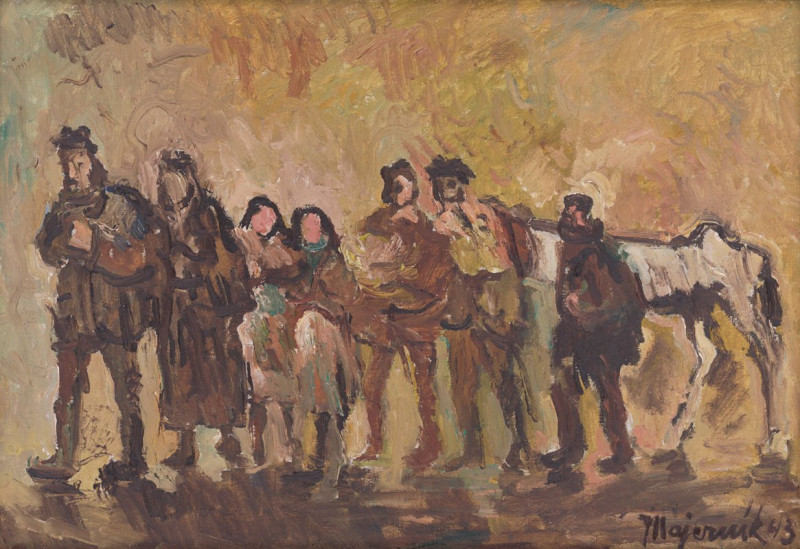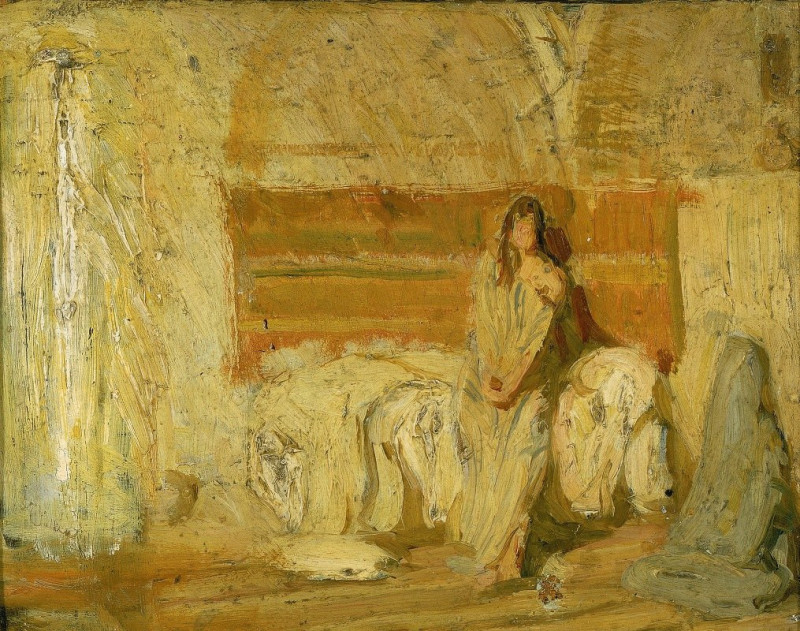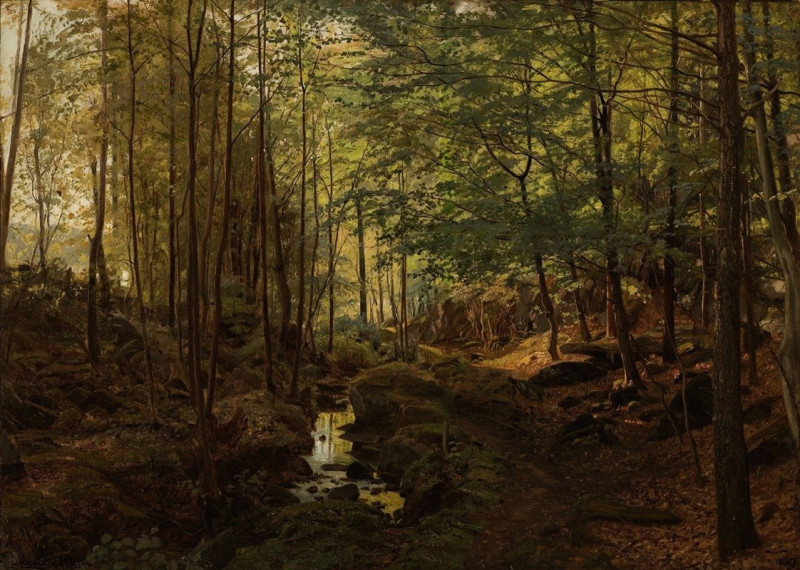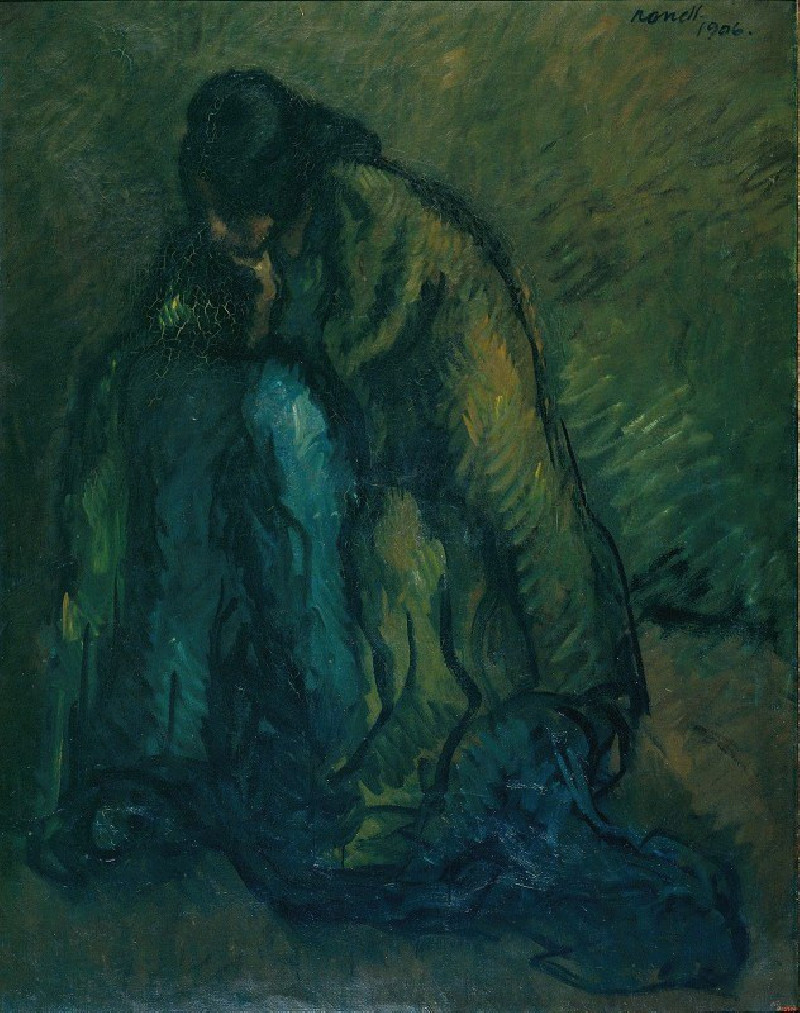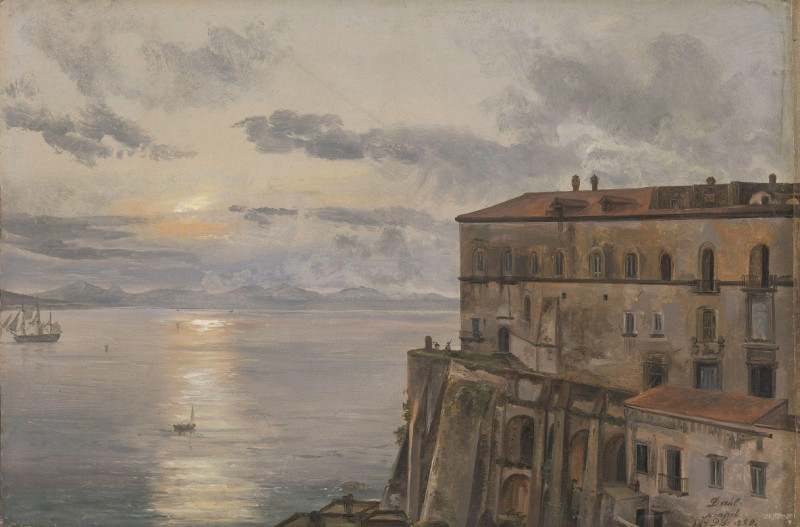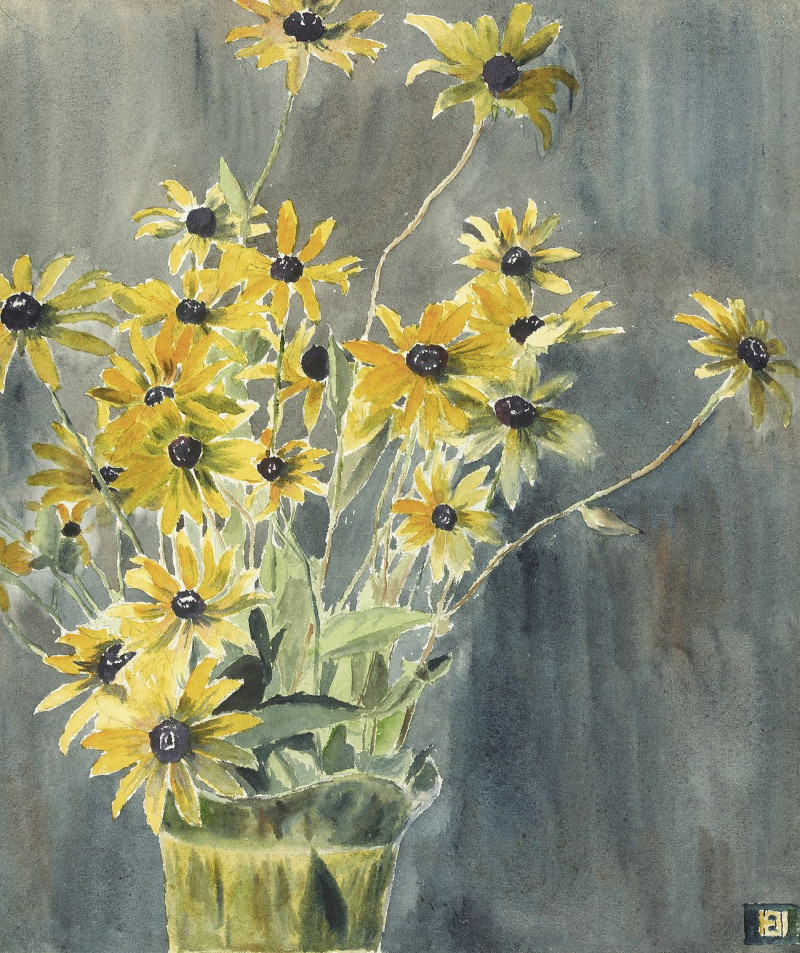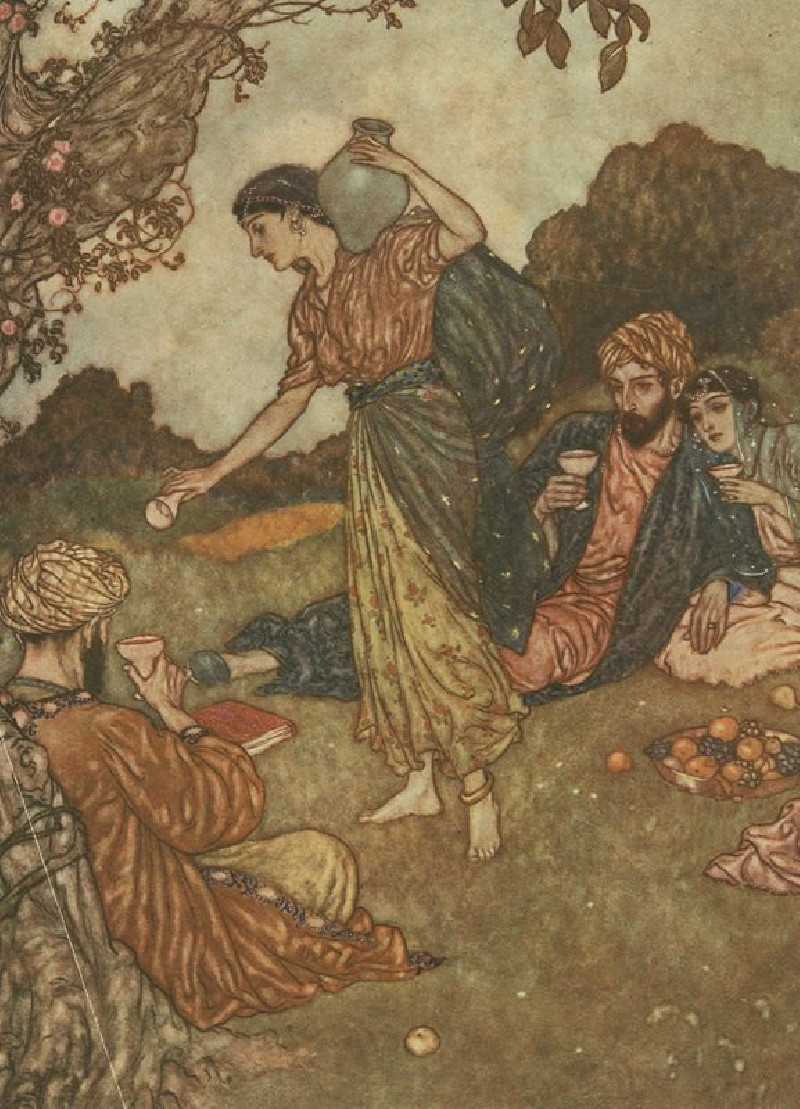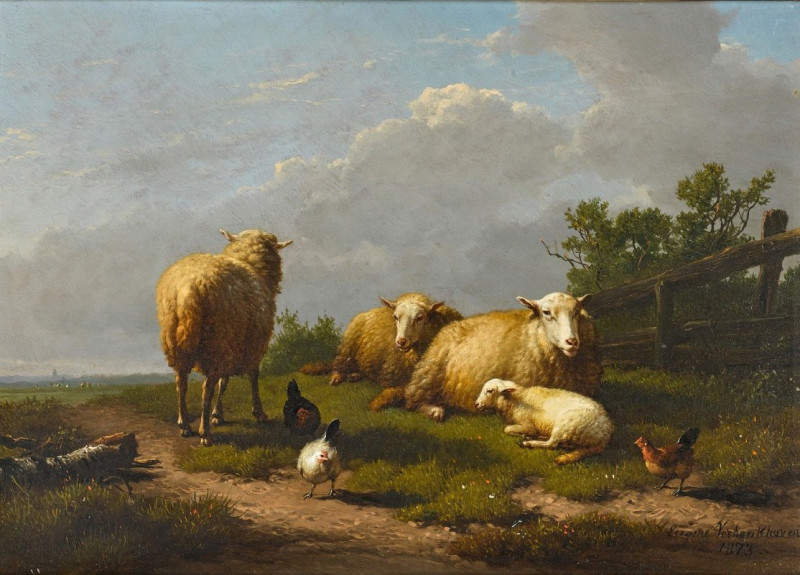The Portico Of St
Technique: Giclée quality print
Recommended by our customers
More about this artwork
This piece by William Henry Hunt, titled "The Portico of St," presents a stunning watercolor tableau that captures the contrasting architecture and the dynamic urban energy of a historic setting. Featured prominently in the foreground is a majestic portico with grand columns, richly decorated with ornamental details, showcasing the classical architectural style. The shadow and light play across the columns suggest a particular time of day, possibly morning, given the freshness and clarity of the light.Beyond the solidity and grandeur of the portico, the painting offers a glimpse of a lively street scene along with the quaint facades of the enclosing urban environment. These structures have a distinctness, each with varying designs and heights, which provides a sense of depth and context to the scene. The subdued color palette emphasizes the age and textural differences of the buildings, inviting the viewer to ponder their history and usage.In the middle ground of the composition, one can observe an enclosed cemetery, which lies stark and somewhat somberly in contrast to the architectural beauty of the portico and the liveliness of the city backdrop.
Delivery
Returns
William Henry Hunt (1790–1864), a 19th century British painter and watercolorist specialized in still life compositions. His early works were watercolor landscapes and portraits, but he later concentrated on painting still lifes of flowers, fruits, bird nests and eggs, figures in domestic settings and candlelight scenes. He is famous for developing a unique technique to create an enamel-like appearance to his paintings, which influenced many Victorian artists.

